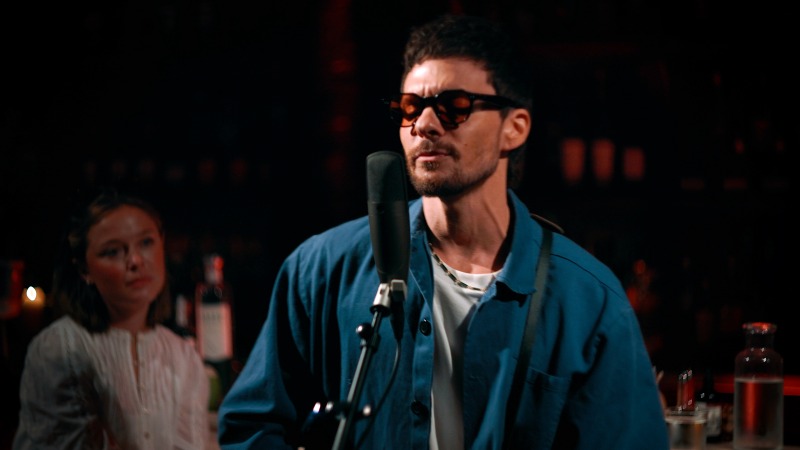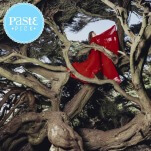7 Sustainable Seafoods You Can Feel Good About Eating
Photo via Flickr/ CMMooney“This is the last buffalo chase.”
A lot was said during the Terroir Symposium’s Best Practices Culinary Mission to St. John’s, Newfoundland and Labrador all those things were insightful and valuable, coming from the mouths of culinary leaders like Normand Laprise and Anders Selmer. But those six words from Derek Butler, executive director of the Association of Seafood Producers, said during a morning panel on sustainable seafood in a city marked by the fishery’s previous unsustainability, about summed it up.
Fish is, as Butler said, our last large-scale source of wild protein. The cows and chickens and pigs we eat come, in almost every instance, from farms. There are people who still eat wild game as a matter of regularity, of course, but it’s not feeding the world. Seafood, however, is — the average person in the world consumes 16.4kg of fish each year. But global fish stocks are largely not keeping up, making sustainable seafood production and consumption increasingly important.
Newfoundland and Labrador, Canada’s most easterly province, knows this firsthand. The abundant cod stocks surrounding Newfoundland, the island portion of the province, are the entire reason Europeans settled such a remote, rocky place to begin with; upon returning to Europe after landing on Newfoundland’s eastern shores in 1492, John Cabot reportedly said “the sea there is full of fish that can be taken not only with nets but with fishing-baskets.” But 500 years later, the sea was decidedly less full and the Northern cod fishery was placed under moratorium, ending hundreds of years of tradition and putting tens of thousands out of work.
In the 20-odd years since, the province has both explored revenue sources—chiefly tourism and offshore oil development—and reinvented its fishery. Fish stocks like wild Atlantic prawns and snow crabs are certified by the Marine Stewardship Council. Along with being home to an internationally celebrated inn, Fogo Island off Newfoundland’s northeastern coast is building a model of sustainable, community-focused fishing—including a limited commercial Atlantic cod fishery. And a new generation of chefs, helmed by Jeremy Charles of the Northern Chefs Alliance, is celebrating the seafood their ancestors survived on and elevating the stocks keeping a new generation of fishers working off the province’s shores today. The Terroir Symposium brought an international group of visitors to the province to examine the evolution in situ.
Of course, Newfoundland and Labrador isn’t the only place in the world focusing on sustainable seafood harvesting and consumption. Here are seven seafood options that you can feel good about choosing.
-

-

-

-

-

-

-

-

-

-

-

-

-

-

-

-

-

-

-

-

-

-

-

-

-

-

-

-

-

-

-

-

-

-

-

-

-

-

-

-








































